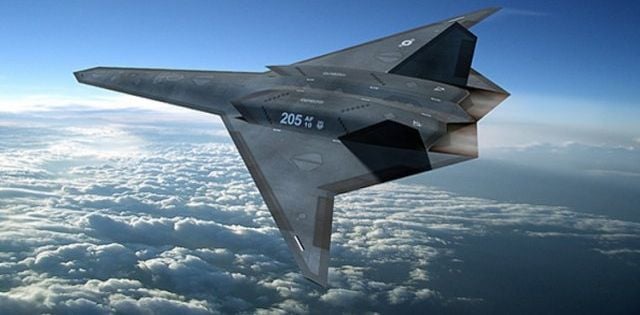PENTAGON: Threats are back in Pentagon acquisition. During the Cold War, the calculus was pretty simple. Russians do X. America responds with Y. Add Offset Strategy to boost US advantage overall.
Frank Kendall, defense undersecretary for acquisition, technology and logistics, has publicly worried about America losing its technological edge for several years. Deputy Defense Secretary Bob Work is heading what’s called the Third Offset Strategy to ensure we once again leap ahead — though not as far as last time — of our putative peers.
While some will focus on the financial and managerial aspects of Kendall’s third iteration of Better Buying Power (aka BBP 3.0), what strikes me as the most intriguing change over the long haul is its greater focus on ensuring US weapons are current with the threats posed by Russia, China and other interested parties.
A great deal of the new language in BBP 3.0 deals with how the Pentagon will institionalize monitoring threats and ensuring that program managers and related folk know how threats are evolving and build that information into their programs.
Given how important stable requirements have been to helping rein in Pentagon weapons costs over the last two years, this renewed focus on adjusting weapons design in response emerging or changing threats raises interesting questions about whether programs will see more requirements turmoil. So I asked Kendall about this at today’s BBP 3.0 rollout in the Pentagon briefing room.
The military has to monitor threats, he replied, because they are changing more rapidly and we build weapons to be “dominant” on the battlefield. If we don’t take changing threats into account, that edge will degrade faster than it already is. “If the threat is changing, we can’t ignore that,” he said.
A key way to ensure that programs can cope with those changing threats is by designing them with open architectures and a modular approach, Kendall said.
That is exactly what will happen with the Long Range Strike Bomber (LRSB) program, Kendall told us. The Pentagon “will compete upgrades during the bomber program,” he said.
So it looks as if Boeing-Lockheed and Northrop Grumman will compete for the first 100 planes, and then upgraded versions will be open to competition. Since the initial bomber will not be nuclear-capable, that upgrade might be when the the first upgrades are done. That might help to preserve the industrial base, though Kendall did not mention that.
The other important new bit of this BPP is its heightened attention to cybersecurity. Kendall said the United States has lost tremendous time and cost advantage to cyber espionage. Preventing that is now going to be required, Kendall said. Companies will have to demonstrate in their bids that they can protect all data — from design to logistics.
What does industry think of the new BPP?
“The shift to cybersecurity and integrating intelligence into program and product life cycle planning are very positive developments beyond the initial draft,” an industry source intimately familiar with acquisition issues says in an email. “Building more explicit involvement of industry–government dialogue into the process for implementing those elements affecting the larger community would have been much more helpful for achieving the stated goals.”
In a ‘world first,’ DARPA project demonstrates AI dogfighting in real jet
“The potential for machine learning in aviation, whether military or civil, is enormous,” said Air Force Col. James Valpiani. “And these fundamental questions of how do we do it, how do we do it safely, how do we train them, are the questions that we are trying to get after.”



























